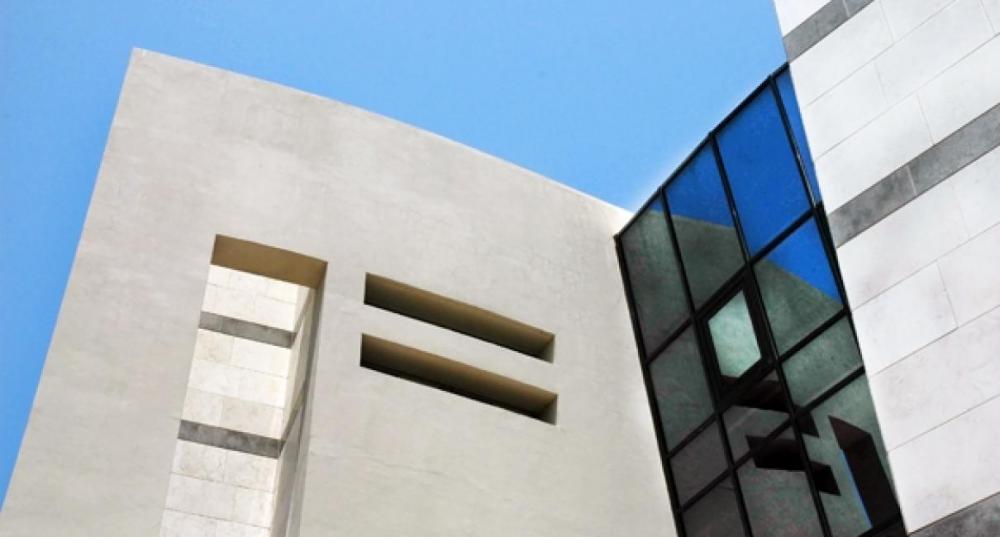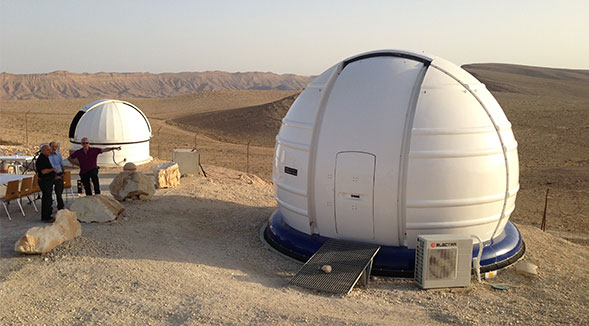
Category of Astronomical Heritage: tangible immovable
Wise Observatory of Tel Aviv University, Mitzpeh Ramon, Israel

Description
Geographical position
Florence and George Wise Observatory of Tel Aviv University, Wise Observatory, Mitzpeh Ramon, Israel
Location
Latitude 30°35’45’’ N, 34°45’48’’ O, Elevation 875m above mean sea level.
IAU observatory code
097
Description of (scientific/cultural/natural) heritage

Fig. 1. Wide panorama of the Makhtesh Ramon crater (Wikipedia)
The Wise Observatory is operated by Tel Aviv University and is located 85 km south of the city of Beersheba, 5 km west of the town of Mitzpeh Ramon in the Negev desert near the edge of the Ramon Crater (40 km long, 2-10 km wide, and 500m deep). The Mitzpeh Ramon Crater is not an impact crater from a meteor nor a volcanic crater formed by a volcanic eruption, but rather is the world’s largest "erosion cirque".
The Wise Observatory, named after George Schneiweis Wise (1906--1987), the first President of the Tel-Aviv University, was founded in 1971 as a collaboration between Tel Aviv University and the Smithsonian Institution.
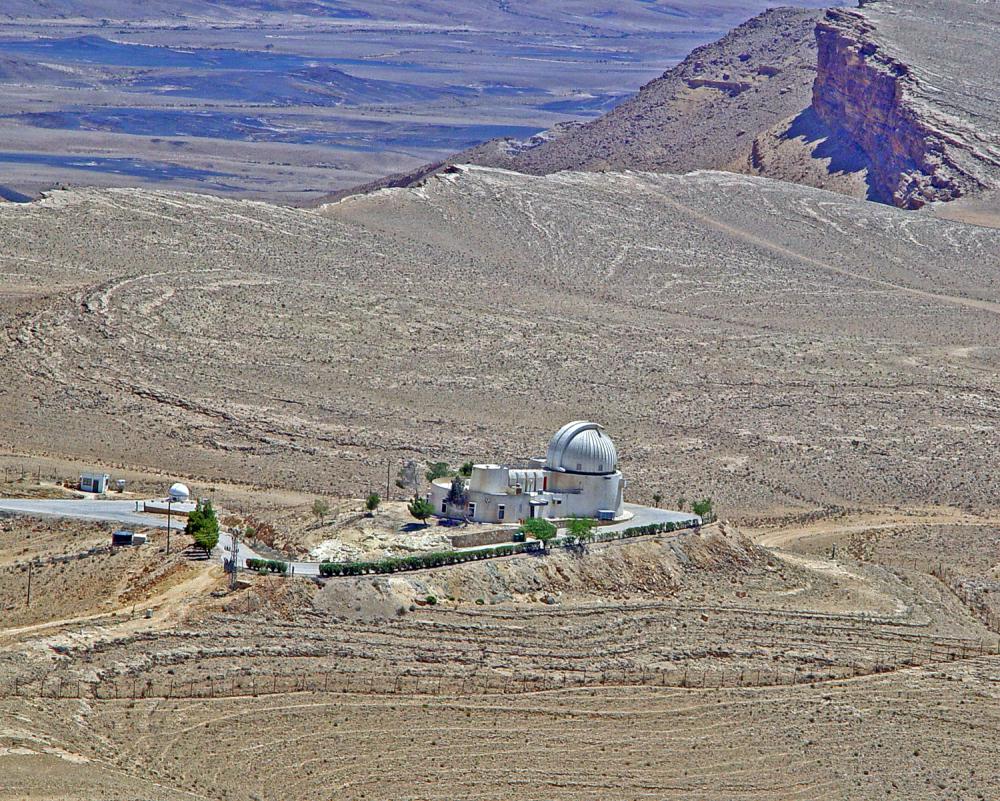
Fig. 2. Wise Observatory (1971), Mitzpeh Ramon in the Negev desert (Wikipedia 3, Etan J. Tal)
Research:
- Active Galactic Nuclei (AGNs) survey, photometrically and spectroscopically,
- Searches for supernovae and extrasolar planets (transiting or lensing)
- Star formation processes in galaxies through wide and narrow-band filter imaging
- Studies of Near Earth Objects (NEOs)
- Wise Observatory is credited by the Minor Planet Center with the discovery of 17 numbered minor planets during 1999--2007.
History
Directors
- Uri Feldman (1971--1973)
- Asher Gottesman (1973--1975)
- Dror Sadeh (1975--1977)
- Elia Leibowitz (1977--1980)
- Hagai Netzer (1980--1983)
- Elia Leibowitz (1983--1988)
- Tsevi Mazeh (1988--1990)
- Hagai Netzer (1990--1991)
- Elia Leibowitz (1991--1998)
- Dan Maoz (1998--2000)
- Noah Brosch (2000--2006)
- Tsevi Mazeh (2006--February 2007)
- Noah Brosch (February 2007--2010)
- Tsevi Mazeh (2011--2012)
- Dan Maoz (since 2012)
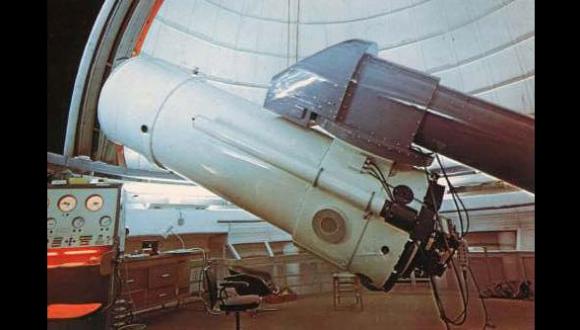
Fig. 3. 1-m-Reflector of Wise Observatory (1971) (© Wise Observatory)
Instruments
(https://physics.tau.ac.il/astrophysics/wise_observatory_telescope_instruments)
- 1-m-Boller and Chivens Telescope (1971), a wide-field Ritchey-Chrétien Reflector, Boller & Chivens Division of the Perkin-Elmer Corp; it was originally a twin of the 1-m-Swope telescope in Las Campanas Observatory, Chile, cf. Bowen, I. & A.H. Vaughan Jr. ( Applied Optics 12 (1973), 1430).
- Several CCD direct imaging Cameras
- The Faint Object Spectrograph and Camera - FOSC (for spectroscopy, polarimetry, and very rarely for imaging).
- LAIWO - Large Area Imager at Wise Observatory
- eShel - R10000 echelle fiber-fed spectrograph
- 46-cm-prime-focus computer-controlled telescope (2004) -- Centurion-18 -- for minor planet CCD photometry, funded by the Israel Space Agency as part of a National Knowledge Center on Near Earth Objects.
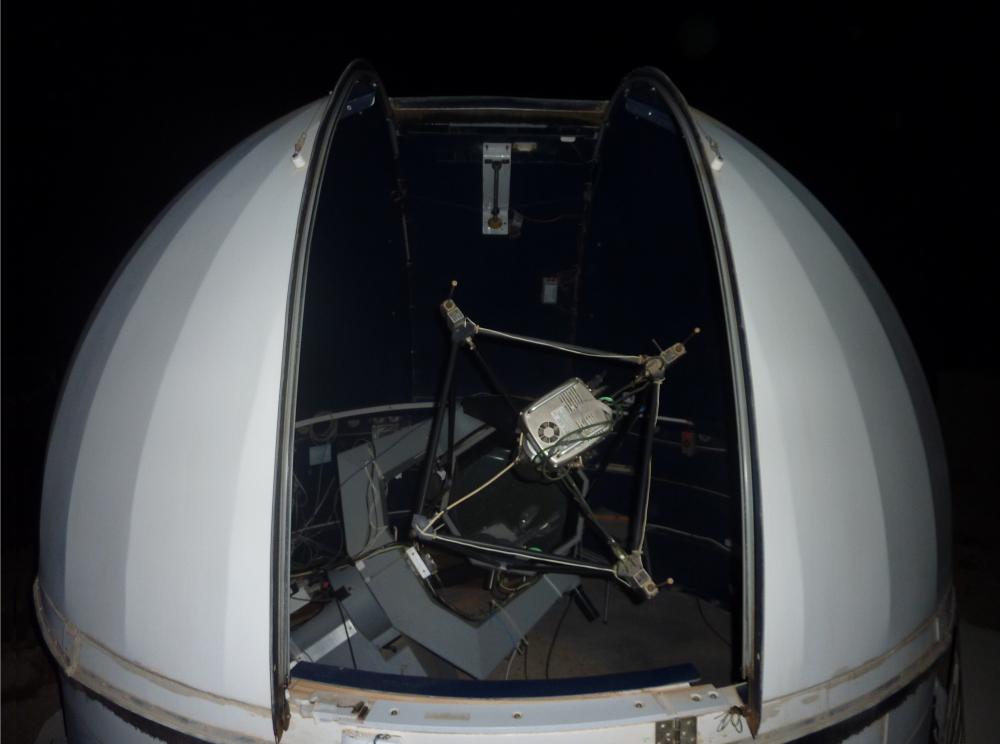
Fig. 4. 46-cm-prime-focus computer-controlled telescope (2004) of Wise Observatory (Wikipedia 3, Shy halatz)
- 70-cm-prime-focus telescope (2013), the Jay Baum Rich Telescope (JBRT)
- 50-cm-wide-field telescope (2016) -- a node of the Korean OWL-Net (Optical Wide-field patroL Network), part of the Korea Astronomy and Space Science Institute (KASI).

Fig. 5. New 70-cm-prime-focus telescope (2013) of Wise Observatory, in the background 46-cm-prime-focus telescope (2004) (© Wise Observatory)
State of preservation
The Wise Observatory is well preserved, and is very nicely situated near to the Mitzpeh Ramon Crater in the landscape.
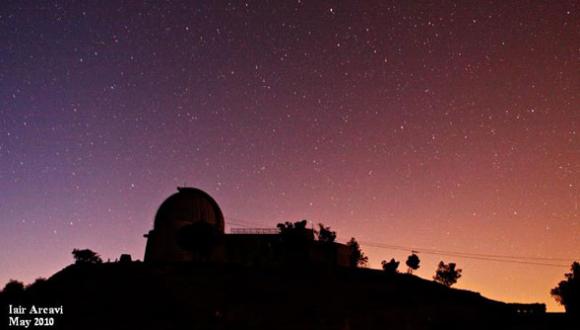
Fig. 6. Wise Observatory (1971) (© Wise Observatory)
Comparison with related/similar sites
The 1-m-Boller and Chivens Telescope (1971), a wide-field Ritchey-Chrétien Reflector,
was originally a twin of the 1-m-Swope telescope in Las Campanas Observatory, Chile.
....
Threats or potential threats
no threats
Present use
The Wise Observatory is an actively used astronomical observatory for research and teaching --
the only professional observatory in Israel.
Astronomical relevance today
An important advantage of the Wise Observatory at its location of ~35°E in the Northern Hemisphere is the possibility of cooperating with observatories at other longitudes for time-series studies. Such projects involve searches for stellar oscillations within the Whole Earth Telescope project, monitoring gravitational microlensing events, combined ground and space observing campaigns.
Robotic telescopes are monitoring Near Earth Objects (NEOs).
References
Bibliography (books and published articles)
- Bowen, Ira S. & A.H. Vaughan Jr.: The Optical Design of the 40-in. Telescope and of the Irenee DuPont Telescope at Las Campanas Observatory, Chile. In: Applied Optics 12 (1973), p. 1430.
Links to external sites
- Homepage: Wise Observatory, School of Physics & Astronomy Department of Astrophysics
- Wise Observatory, Wikipedia
- Henrietta Swope Telescope (1971) in Cerro Las Campanas in Chile, Observatories of the Carnegie Institution of Washington
- IAU Minor Planet Center
Links to external on-line pictures
no information available
No multimedia content published
Currently there is no multimedia content published for this case study







